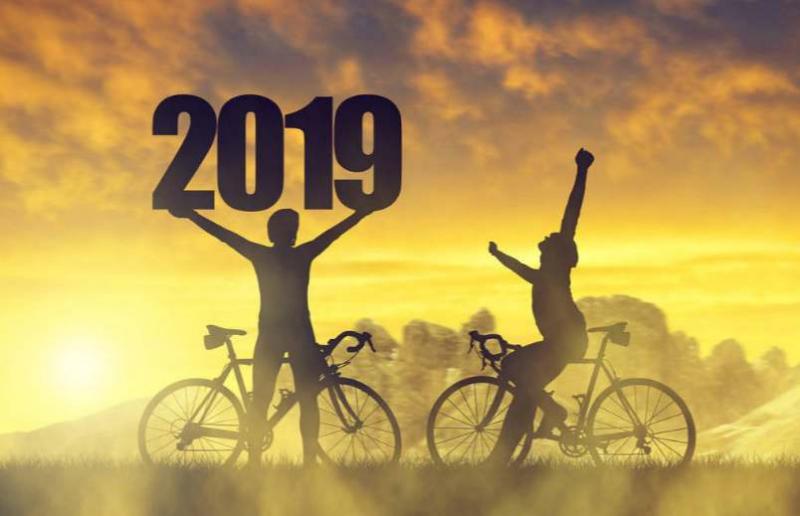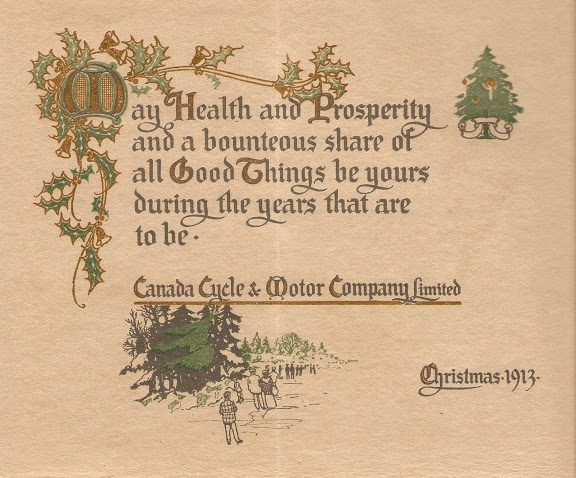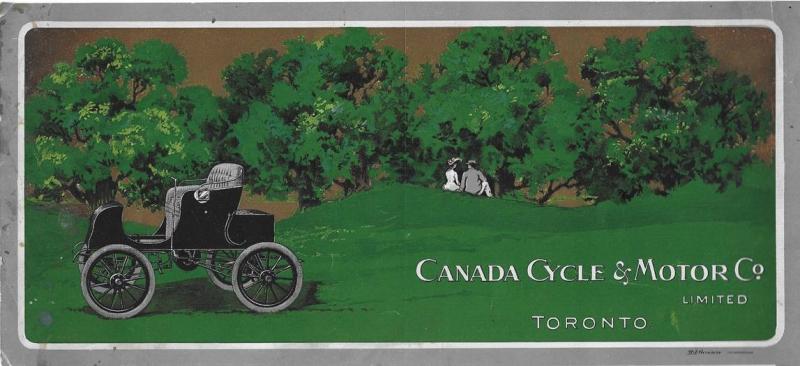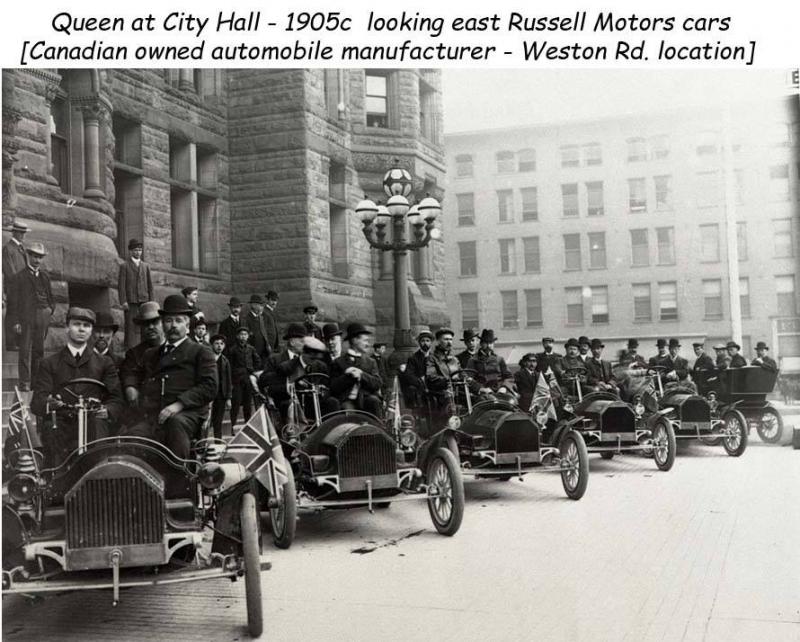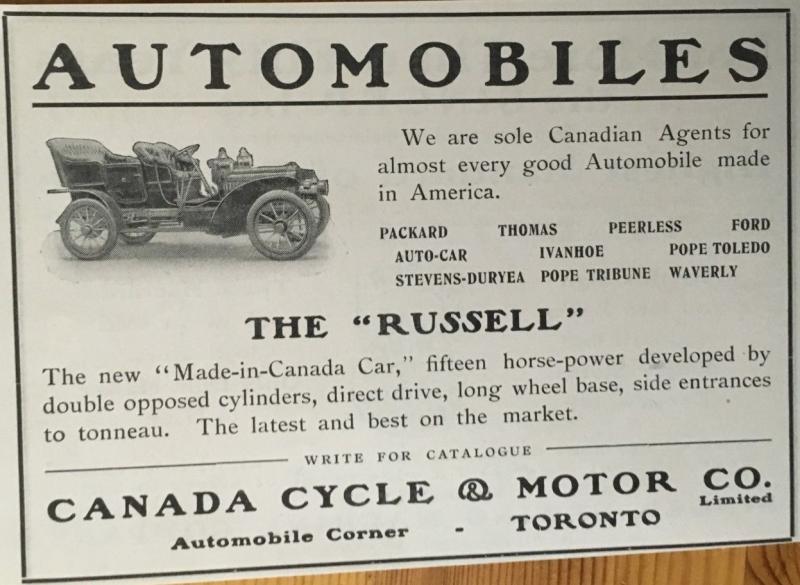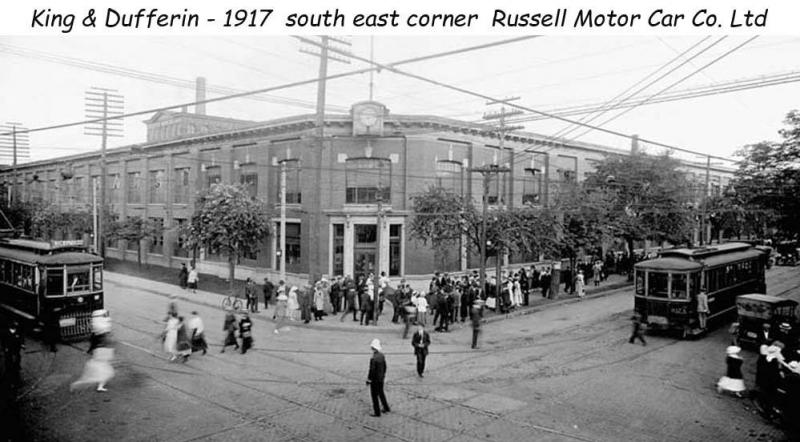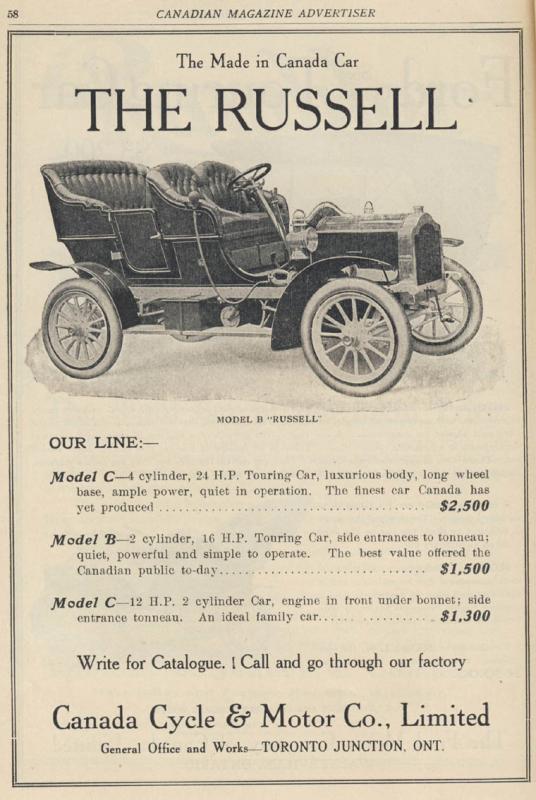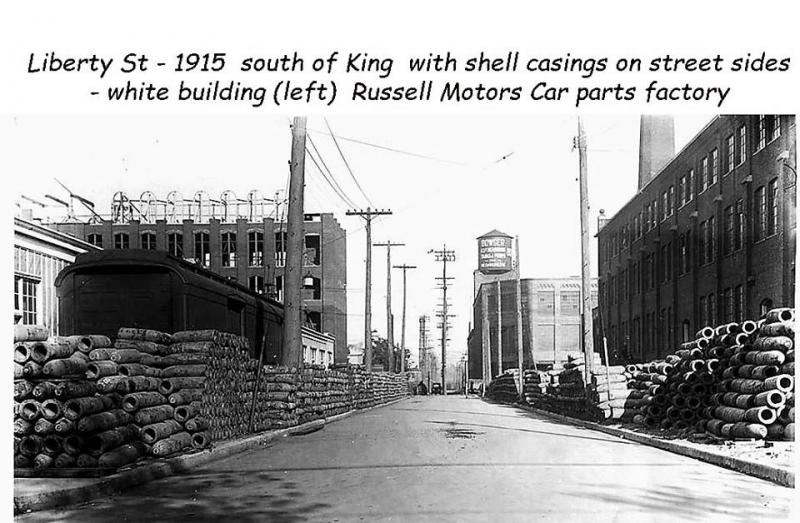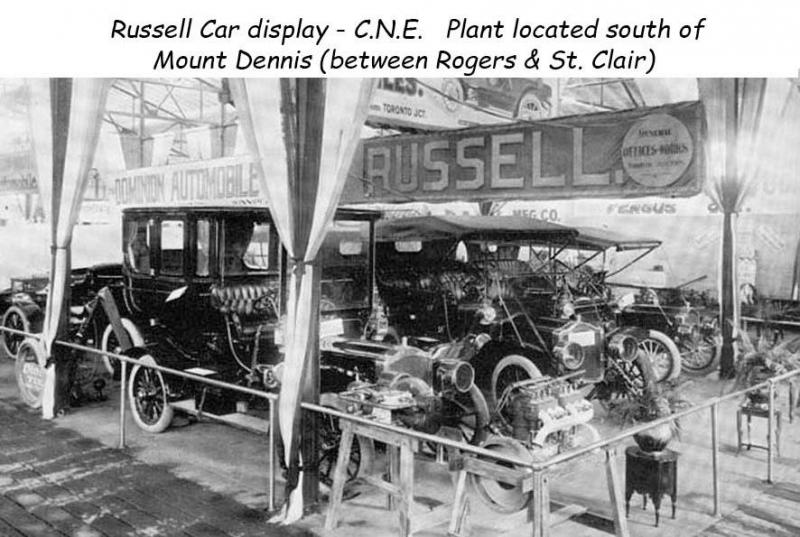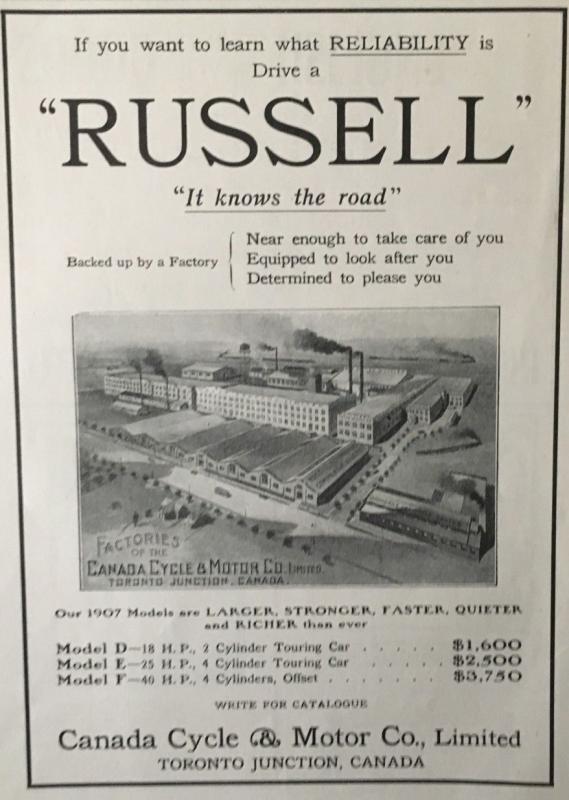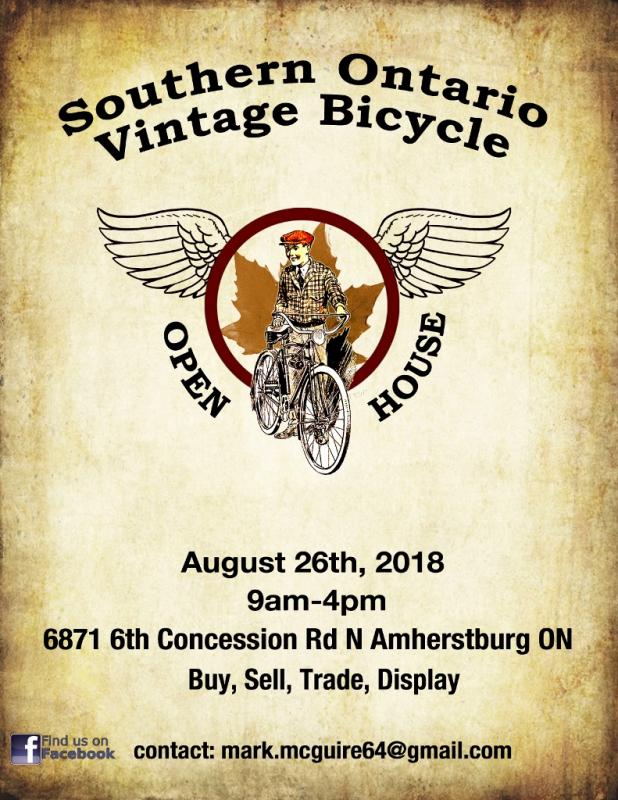Archives
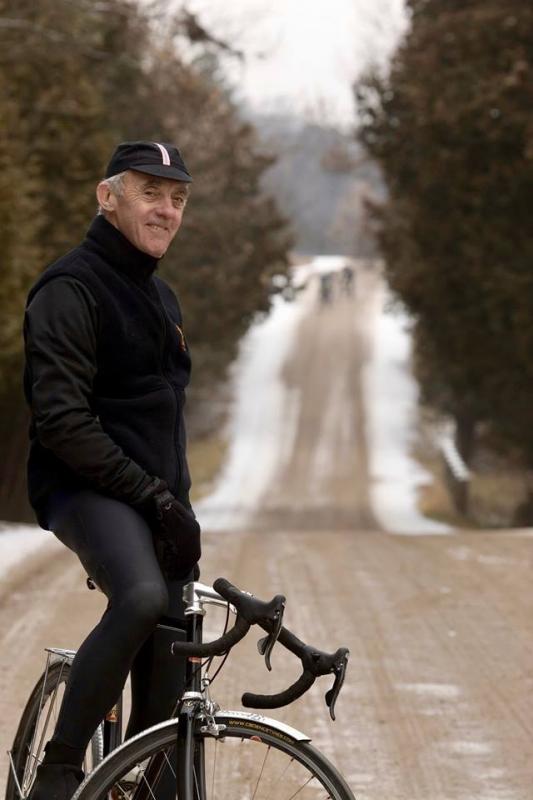
Michael John Barry, father, grandfather, husband and a pillar of Canada’s cycling community, died on Dec. 29 at Mount Sinai Hospital. He was 80.
Born in Wimbledon, England in 1938 to Percival and Eva Fanny (Vardill) Barry, Mike was a builder of communities, an inexhaustible source of knowledge of all aspects of cycling and a mentor to countless people. Although, quiet and modest, he was loath to take credit for his many achievements or his profound influence.
Mike’s association with cycling began with London’s derelict bombsites which he scavenged for bicycle parts following the Second World War. Resold, some of the better parts funded his cycling, which started when he was 10, or they became the foundation of what ultimately was an extensive collection.
After serving in the Royal Air Force, and racing on its cycling team, Mike moved to Canada in 1965. While he was traveling throughout the world as a spectrometer technician, Mike and his friend John Palmer purchased a collection of bicycle tubing that had once belonged to C.C.M. In 1969, Mariposa Number One emerged from a rented basement workshop. Nearly 50 years later, and somewhat to Mike’s amazement, Mariposas continue to be hand built in Toronto.
Along with Mariposa, Mike co-founded, with Mike Brown, Bicyclesport which set a new standard for bike stores in Canada. While Mike was in the bicycle business, he never regarded himself as a businessman. Mariposa, Bicyclesport and his subsequent shops became the birthplace of several bicycle clubs and teams for both adults and children. Mike, along with his wife Clare (Lapp) Barry, who he married in 1972, volunteered as race organizers and officials.
But above all, Mike was a source of inspiration, knowledge and guidance and witty conversation for generations of cyclists ranging from commuters and bike couriers to elite road racers. He changed many of their lives. The only cycling discipline that never attracted his attention was mountain biking.
Mike was also a keen runner completing the Boston Marathon in 1981.
Mike and Clare’s son Michael inherited his love of cycling. Along with his wife Dede (Demet) Barry, Michael continues to run Mariposa. Their children, Liam Barry and Ashlin Barry both joined their grandfather on rides.
Until several weeks ago, Mike was riding his regular route from north of the Metro Toronto Zoo to Annina's Bakeshop in Goodwood, Ontario. As always, he ordered tea and an Eccles cake.
A funeral will take place at Rosedale United Church, Saturday January 5 at 11:00 a.m. In lieu of flowers donations can be made in his memory to the World Bicycle Relief or the Bicycles For Humanity.






SAVE THE DATE
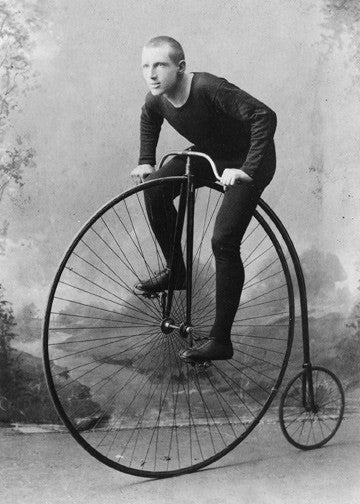
YOU ARE INVITED TO THE ANNUAL XMAS SOCIAL
SUNDAY, DEC. 2, 2018
TO BE HOSTED FOR THE WHEELMEN OF CANADA
by
ASSOCIATE CAPTAIN RICK WOLFE
TO BE HELD AT WALDIE'S BLACKSMITH SHOP
HOME OF THE MILTON HISTORICAL SOCIETY
16 JAMES ST.
MILTON, ON L9T 2 P4
905-875-4156
www.miltonhistoricalsociety.ca
INCLUDES A PRESENTATION BY JIM HALL
ONE OF CANADA'S FOREMOST HISTORIANS & COLLECTORS OF CANADIAN MILITARY CYCLIANA
SCHEDULE
12:00 - DOORS OPEN. Please be there by at least 12:15
12:00 to 12:30 - MEET & GREET + getting the kitchen & tables organized.
12:30 to 1:30 - LUNCHEON and clean up
1:45 to 2:15 - SOCIAL + SHOW & TELL. Bring something new or old to show and share. Chat and plan. Special meeting of the Liars Club to be held in the Grand Ballroom.
2:15 to 3:00 - SWAP MEET ~ BRING YOUR JUNQUE or TREASURES TO BUY, SELL or TRADE. Bikes, Trikes, Ephemera, Parts, Accessories, Tools & Memorabilia etc.
3:00 to 4:00 - PRESENTATION WILL BE BY JIM HALL ON CANADIAN MILITARY CYCLING FROM THE GREAT WAR (aka WW-1)
FOOD & BEVERAGES:
* PLEASE BRING A FOOD ITEM TO SHARE.
* ALCHOHOLIC BEVERAGES may NOT be consumed or brought into the building.
* COFFEE & TEA supplied. If you wish sodas, fruit juice, colas etc. please bring your own.
* SPECIAL FOOD REQUIREMENTS OR FOOD ALLERGIES ~ Please advise in advance.
SPECIAL NOTES:
* Our cost to rent the venue is $20 per hour. Our estimate is that at least 15 people will attend. Consequently, we need to charge a "help pay for the rent" fee of $7.00 per person.
* Bring friends or family members. This is a great time to get involved. Everyone is invited. Why not bring a future nonmember of The Wheelman whom you might know? He/She might like to join. The more the merrier.
IMPORTANT
Please be so kind as to R.S.V.P. by Nov. 5th (the earlier the better). That would be much appreciated. Kindly reply to: lorne-shields@rogers.com or phone (leave a message)
Best wishes,
Lorne Shields
COMMUNICATIONS
THE WHEELMEN in CANADA
Phone: 905 - 886 - 6911 (WITH Message taking capability)
Cellular: 416 - 568 - 5495 (NO Message taking capability)
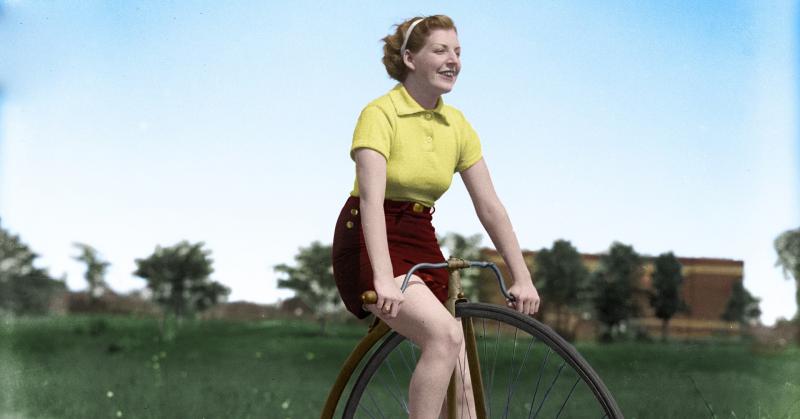
From the time of its arrival until the present day the motor car has never been a friendly companion for Canada's cyclists. This was especially true for those inclined to race their bicycle in the streets which in the early days of the 20th Century was just about every young man who had one.
Back in the days when bicycles ruled Canada's roadways, most races, including the well known Dunlop Trophy Race, took place outdoors. The first Dunlop Trophy Race, in fact, was held at Toronto's Woodbine race track in 1894 when the competitors rode a total of 20 miles - five miles around the track and seven and a half miles out the Kingston Road and back again, with the turning point on the Kingston Road being marked by a wooden barrel around which the racers had to circle.
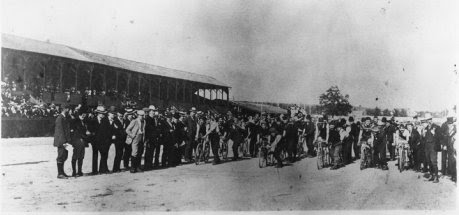
Racers lining up at the beginning of a Dunlop Trophy Race in 1898
Although the race followed the same pattern for the next number of years, by the 1920s it had become increasingly dangerous to do so. In 1922 when Canadian bicycle racer and mechanic Doc Morton revived the Queen City Bicycle Club, two of the club’s best riders, Dave Patterson and Frank Brown, used the familiar route of the Dunlop Trophy Race to train each night.
One evening, however, the two riders were forced to swerve in order to avoid a stalled car. When they did, they met a car coming in the opposite direction. The twenty-year-old Patterson was thrown onto the road and died without regaining consciousness. Brown, who had recently defeated Patterson at the Canadian Championships, suffered a broken left wrist.
It was a tragic reminder of how dangerous bicycle racing had become and a fact that led race promoters, such as Ottawa rider Lea Gault, to face the fact that the end of such events was drawing near.
“I tangled with a tough sergeant of the OPP for staging racing events on the public highways without consent," noted Gault. "In a way his interference may have come at a good time, as I was becoming concerned about the safety of riders sprinting for the finish.” (1)
The final Dunlop Trophy Race to be staged in Toronto was held in 1925. The following year the contest moved to Ottawa in the hope that it would prove to be a safer location. While the Ottawa race was won by Lea Gault aboard a CCM Flyer, the new location was unfortunately found to be no less hazardous than in previous years with the result that the Ottawa race was the last of the longstanding event.
Shortly after the cancellation of the Dunlop Trophy Race, Canada Cycle & Motor, which for years had been a co-sponsor of the event, came to the rescue of Canada's racing enthusiasts. With the need for an off-road racing venue now increasingly apparent, in 1927, CCM, under the direction of general manager J.W. Gibson, sponsored the construction of a wooden track on Dundas Street in Toronto. Using donated lumber, carpenters were paid by CCM to build the frame, while the riders, themselves, volunteered to lay the boards.
Modelled on the Newark track with six laps to the mile, when finished the Toronto track was known as the "Cycledrome" and became the favoured racing venue of Canada’s leading cyclists of the day, including Torchy Peden, all of whom competed at the track each year for the J.W. Gibson Trophy awarded to the rider who accumulated the most points over the course of the season in both handicap and open events.
 During the ensuing years no one saw more excitement at the Cycledrome than the incomparable William “Doc” Morton (1880 – 1952). Born in England, for years Morton had a close association with CCM and was a stalwart on the Toronto racing scene. It was, in fact, Doc Morton's Massey-Harris bike that enabled Major Taylor to win his first world championship in Montreal back in 1899.
During the ensuing years no one saw more excitement at the Cycledrome than the incomparable William “Doc” Morton (1880 – 1952). Born in England, for years Morton had a close association with CCM and was a stalwart on the Toronto racing scene. It was, in fact, Doc Morton's Massey-Harris bike that enabled Major Taylor to win his first world championship in Montreal back in 1899.
A world class racer in his own right, Morton won the amateur cycling championship at the Pan American Exposition in Buffalo, New York, in 1901. Then in 1908 he combined with Walt Andrews, William Anderson and Fred McCarthy for a bronze medal in the Men’s Team Pursuit at the London Summer Olympics .
In his book, The Man Who Ran Faster Than Everyone: The Story of Tom Longboat, author Jack Battens describes how at those same Olympic games in 1908, Morton and his bike ran look-out for Canadian marathoner Tom Longboat.
"From time to time during the next dozen miles, Morton sped ahead to look over the runners among the leading pack," writes Batten.
"They're running as if the devil himself were behind them!" Morton was reported to have said after one such reconnaissance trip. (2)
At one time or another the colourful Morton held just about every bicycle racing championship in Canada, despite the fact, it was said, “he absolutely refuses to train – except on cigarettes – and it takes a man with a club to drive him to bed.” (3)
When his his racing days were over, Doc Morton coached the Canadian cycling teams at the 1926 Olympics in Berlin and the 1928 Games in Amsterdam. It was at the 1928 games that he first met Torchy Peden for whom he'd become a lifelong mentor and friend.
During the thirties when the six-day bicycle races were at the height of their popularity at Maple Leaf Gardens, Doc Morton was a familiar figure down at track level. As the "boss of the bicyle repair bench," it was estimated that during the course of a six-day race Morton fixed on average 2,000 flat tires!
“He can dismantle and reassemble a bicycle faster than any other man in the business, and he has to speed along when these daring riders go tumbling to the track, much to the detriment of wheels, tires and spokes,” wrote well-known Toronto sportswriter Mike Rodden at the time. (4)
Rodden wasn't the only one to take notice of the gray-haired guy with the grizzled countenance. In the mid-thirties another newspaper reporter declared of Morton:
"This busy little chap does everything but build bicycles right in front of you. He repairs all manner of breaks to the wheels and to him can go a large slice of the credit for the success of the game. He's none other than "Doc" Morton of Toronto - bicycledom's surgeon - a doctor of wheels - a chap who in his prime could, and did, outsprint anything on two wheels in Canada." (5)

Torchy Peden awaits words of wisdom from the Doc
Working closely with CCM Morton made the transition from repairing damaged bikes to crafting custom-built frames of his own. Considered to be a work of art, a Morton frame with its hand-filled joints and rider's initials often set in the upper section of the forks, were highly sought after by the top riders of the day. (In an ironic twist years later one of the most famous works of art by noted Canadian painter Greg Curnoe would be one entitled "The Doc Morton Wheel").
For many years Morton operated a bicycle shop in the west end of Toronto. At the time, a Doc Morton frame sold for around $150, this at a time when a complete CCM Flyer sold for around $100. Well known Almonte, Ontario, cyclist Les Humphrey has a CCM Flyer with the initial "M" on the frame which he surmises to be the work of Morton.
 Some years ago noted Canadian bicycle builder Mike Barry was given a couple of Doc Morton bikes by an ex-racer who had competed in the thirties.
Some years ago noted Canadian bicycle builder Mike Barry was given a couple of Doc Morton bikes by an ex-racer who had competed in the thirties.
One bike was purchased in the late twenties and later fitted with a Simplex derailleur. The other was a tandem that Morton had built for the 1932 Olympics, but was never used.
Barry notes that Morton made large flange hubs machined from aluminum, quite a development for its day according to Barry who points out that at the time most hubs were made of steel. (6)
Doc Morton passed away on March 21st 1952 at the age of 72. Despite the prominent role he had played in the history of cycling in Canada, little mention is made today of the man who was hailed as the "boss of the bicycle repair bench."
1. Quoted in William Humber, Freewheeling: The Story of Bicycling in Canada, Boston Mills Press, p.112
2. Jack Batten, The Man Who Ran Faster Than Everyone: The Story of Tom Longboat, Tundra Books, 2002
3. "Doc Morton," Toronto Star, July 15, 1911
4. Mike Rodden, "On the Highway of Sports," The Globe, May 8, 1935
5. Quoted in Ted Harper, Six Days of Madness, Pacesetter Press, 1992, p.34
6. From Mike Barry's blog Bicycle Specialties, January 12, 1911. Go to Mike's blog to see other photos of the Doc Morton bike






